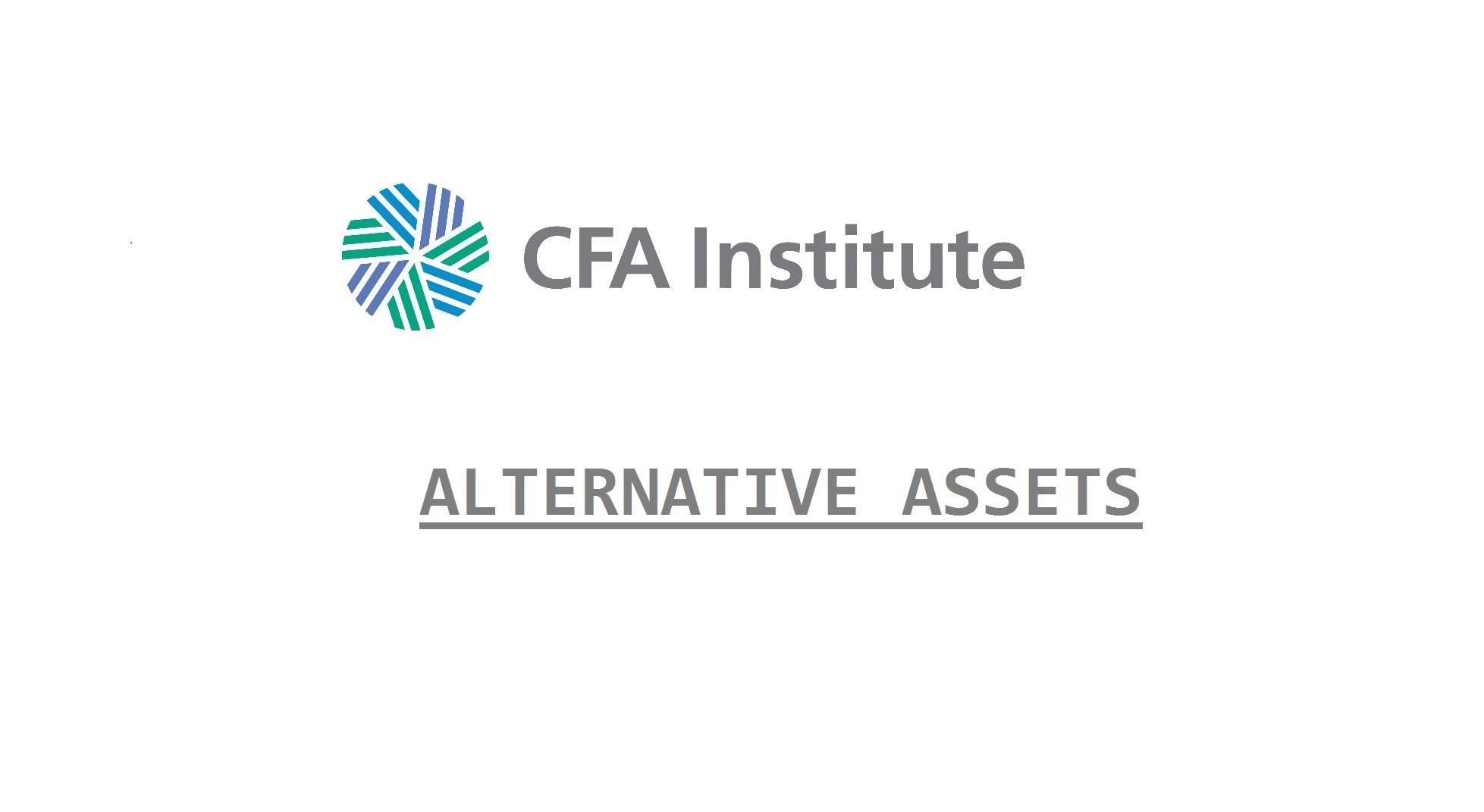Opportunistic hedge fund strategies are a broad class of investing approaches that attempt to extract profits using a wide range of techniques in a broad range of securities markets. Rather than being focused on individual securities, these strategies take a top-down approach to make macro investments on a global basis across regions, sectors, and asset classes.
Managers using a systematic implementation of their strategies use computer algorithms and rules to determine which trades to make. Managers using a discretionary process instead use their instinct to determine when to trade.
Global Macro Strategies
Managers of global macro strategy funds attempt to profit from making correct assessments and forecasts of various global economic variables including inflation, currency exchange rates, yield curves, central bank policies, and the general economic health of different countries.
Global macro managers can take positions that are either thematic (e.g., go long companies that are anticipated to benefit from expected interest rate hikes, and short companies that will be disadvantaged), or directional (e.g., buy firms that will benefit from forthcoming free trade deals.)
Global macro strategies are typically top-down and employ a range of macroeconomic and fundamental models to express a view regarding the direction or relative value of an asset or asset class. Positions may comprise a mix of individual securities, baskets of securities, index futures, foreign exchange futures/forwards, precious or base metals futures, agricultural futures, fixed-income products or futures, and derivatives or options on any of these.
Managed Futures
Hedge fund portfolio managers that pursue a managed futures strategy take long and short positions in a variety of derivatives contracts including futures, forwards, options on futures, swaps, and sometimes currencies and commodities.
One downside of the popularity of managed futures strategies is that crowding has occurred. Many market participants pursue the same trades and use similar signals, and execution slippage sometimes occurs.
In perhaps the most popular method, time-series momentum (TSM) trend following, portfolio managers simply follow momentum. They buy securities that have been rising in price and sell securities that have been falling.
Another similar methodology is cross-sectional momentum (CSM) strategies, which is carried out within a particular asset class (a cross section of assets). Again, the securities rising fastest are purchased and falling securities are shorted.
- Both global macro and managed futures strategies are highly liquid but with some crowding aspects and execution slippage in managed futures as AUM have grown rapidly. Being more heterogeneous in approaches used, global macro strategies face less significant execution crowding effects.
- Typically, managed futures managers tend to take a more systematic approach to implementation than global macro managers, who are generally more discretionary in their application of models and tools.
- Returns of managed futures strategies typically exhibit positive right-tail skewness in periods of market stress, which is very useful for portfolio diversification. Global macro strategies have delivered similar diversification in such stress periods but with more heterogeneous outcomes.
- Despite positive skewness, managed futures and global macro managers are somewhat cyclical and at the more volatile end of the spectrum of hedge fund strategies (with volatility positively related to the strategy’s time horizon). In addition, macro managers can also be early and overly anticipatory in their positioning.
- High leverage is embedded in futures contracts. Active use of options by many global macro managers adds natural elements of leverage and positive convexity.
